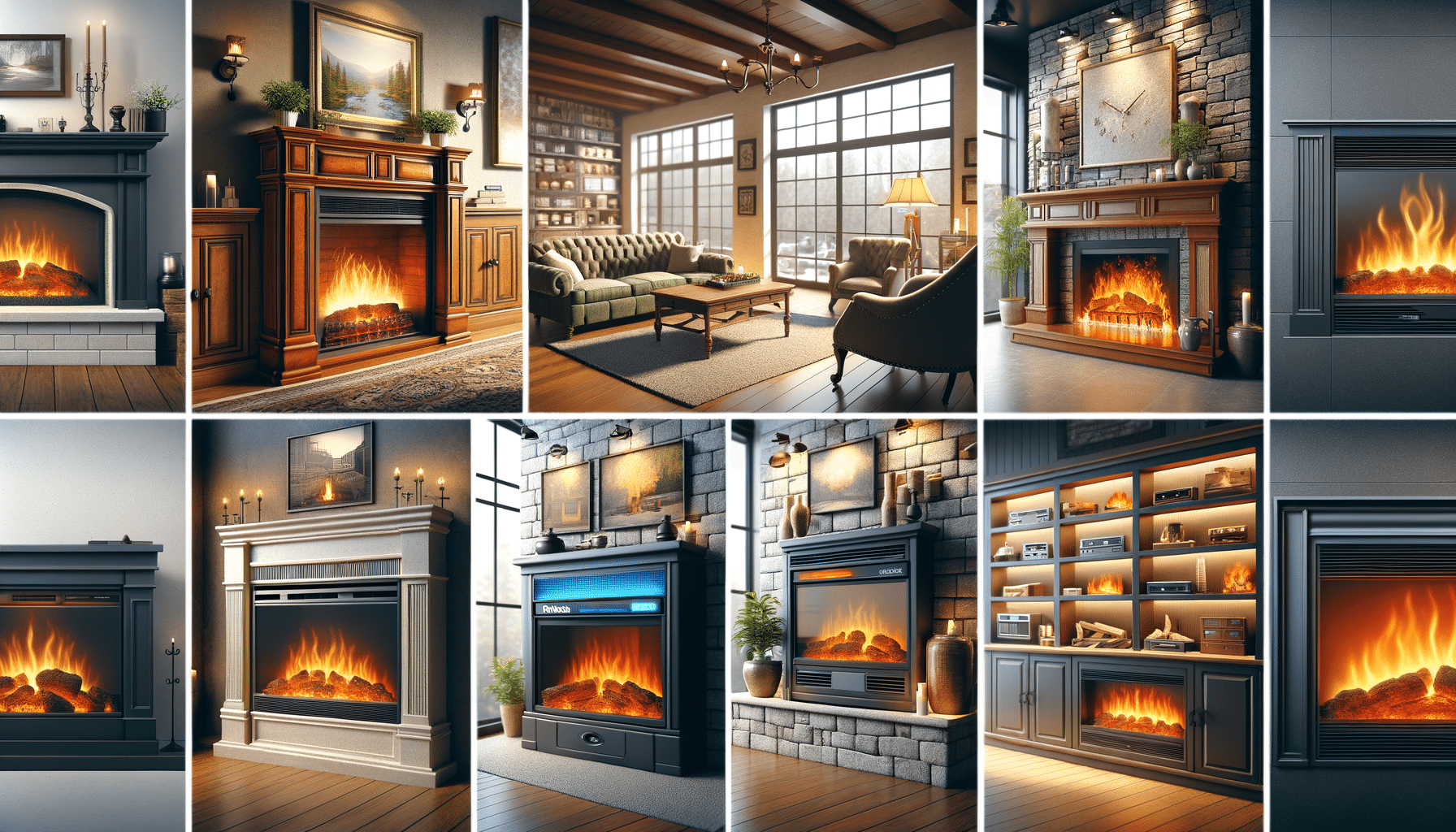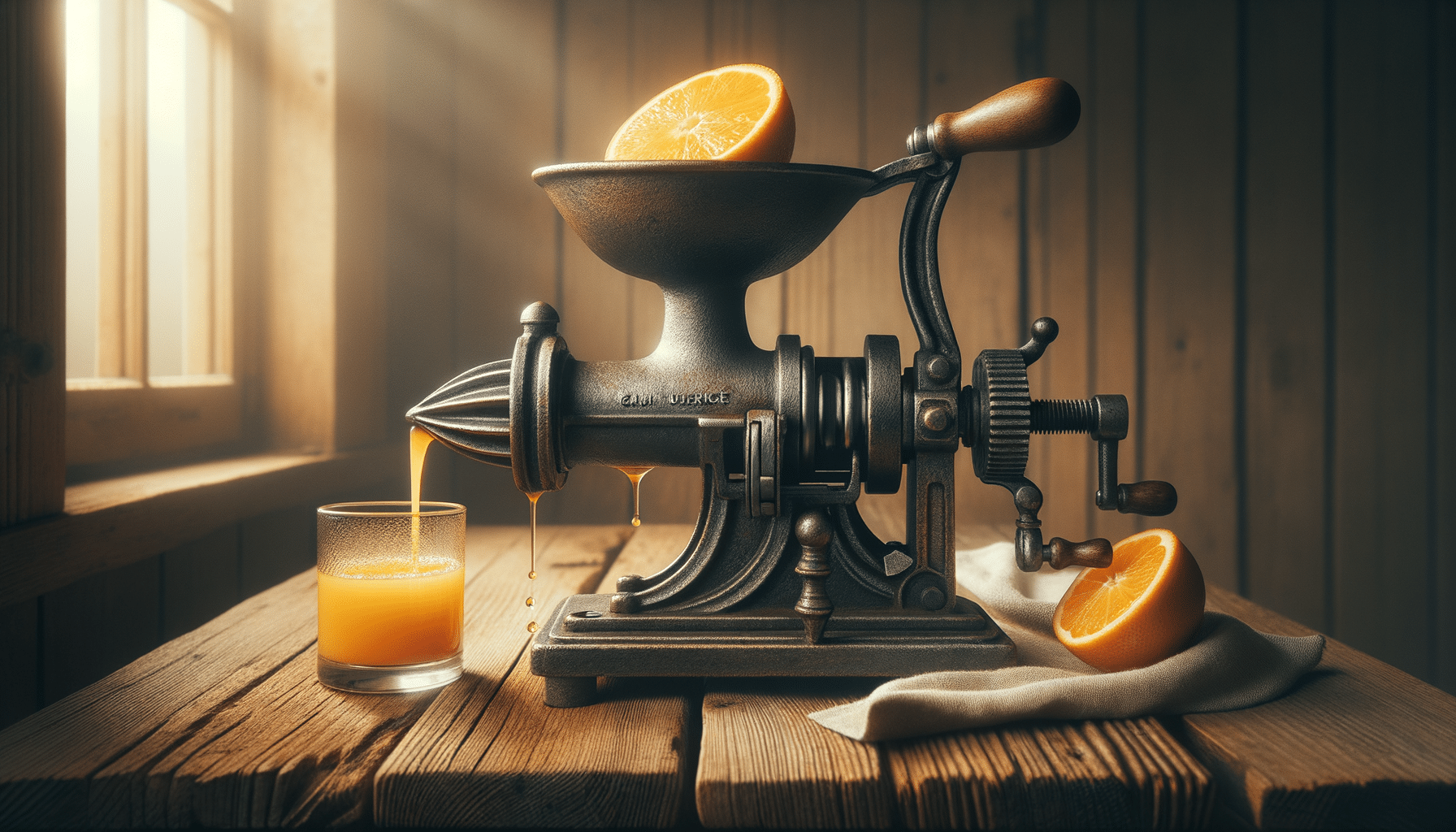
Choosing the Right Fireplace: Electric, Gas, or Wood—Explore Inserts, Mantels, and Installation Options That Fit Your Space and Style
Understanding Electric Fireplaces and Inserts
Electric fireplaces have become a popular choice for homeowners seeking a blend of convenience, safety, and aesthetics. Unlike traditional fireplaces, electric models do not require a chimney or venting, making them easier to install in various locations around the home. They operate by using electricity to produce heat and often come with LED lights to simulate the appearance of a real flame, providing ambiance without the mess of wood or the risk of gas leaks.
Electric fireplace inserts are designed to fit into existing fireplace openings, transforming an old, unused space into a vibrant, functional feature. These inserts are particularly advantageous for those living in apartments or homes where installing a traditional fireplace isn’t feasible. They offer adjustable heat settings, remote controls, and some even include features like timers and thermostats for added convenience. Moreover, electric inserts are energy-efficient, as they can be turned on and off instantly, preventing unnecessary energy consumption.
When considering an electric fireplace or insert, it’s essential to evaluate the room size and the primary purpose of the fireplace—whether it’s for heating, decoration, or both. With a variety of styles and sizes available, an electric fireplace can complement any home décor, from modern to rustic, while providing a safe and clean heat source.
The Appeal of Gas Fireplace Inserts
Gas fireplace inserts are an excellent option for those who desire the look and feel of a traditional fireplace but with the convenience of modern technology. These inserts use natural gas or propane as a fuel source and are designed to fit into existing masonry fireplaces. They provide a realistic flame appearance and can efficiently heat a room, making them a practical choice for supplemental heating.
One of the significant advantages of gas fireplace inserts is their ease of use. With a simple switch or remote control, users can ignite the fireplace instantly, eliminating the need for kindling or firewood. Additionally, gas inserts offer consistent heat output and can be adjusted to different settings, allowing homeowners to maintain a comfortable temperature.
Safety is another key consideration with gas fireplace inserts. They typically come with safety features such as oxygen depletion sensors and sealed combustion chambers, which prevent the risk of carbon monoxide poisoning. Furthermore, gas inserts are low-maintenance compared to wood-burning fireplaces, as they don’t produce ash or creosote, reducing the need for regular cleaning and chimney maintenance.
When exploring gas fireplace inserts, it’s crucial to consider factors such as fuel availability, installation requirements, and the desired aesthetic. With a range of styles and finishes available, these inserts can enhance the ambiance of any living space while providing efficient and reliable heating.
Exploring Outdoor Fireplaces for Year-Round Enjoyment
Outdoor fireplaces have become a popular addition to patios and gardens, offering a warm and inviting atmosphere for gatherings and relaxation. These fireplaces can be fueled by wood, gas, or propane, each providing unique benefits and experiences. A wood-burning outdoor fireplace, for instance, offers the traditional crackling sound and smoky aroma, enhancing the outdoor ambiance.
Gas and propane outdoor fireplaces, on the other hand, provide the convenience of instant ignition and adjustable flame settings. They are particularly advantageous in areas with fire restrictions, as they produce fewer emissions and are easier to control. These fireplaces often come in a variety of designs, from modern sleek styles to rustic stone constructions, allowing homeowners to choose a model that complements their outdoor décor.
When planning an outdoor fireplace, it’s important to consider factors such as local building codes, space availability, and the primary purpose of the fireplace. Whether it’s for cooking, heating, or simply as a decorative element, an outdoor fireplace can transform an ordinary backyard into a cozy retreat. Additionally, incorporating features like seating areas, lighting, and landscaping can further enhance the outdoor living experience, making it a cherished part of the home year-round.


